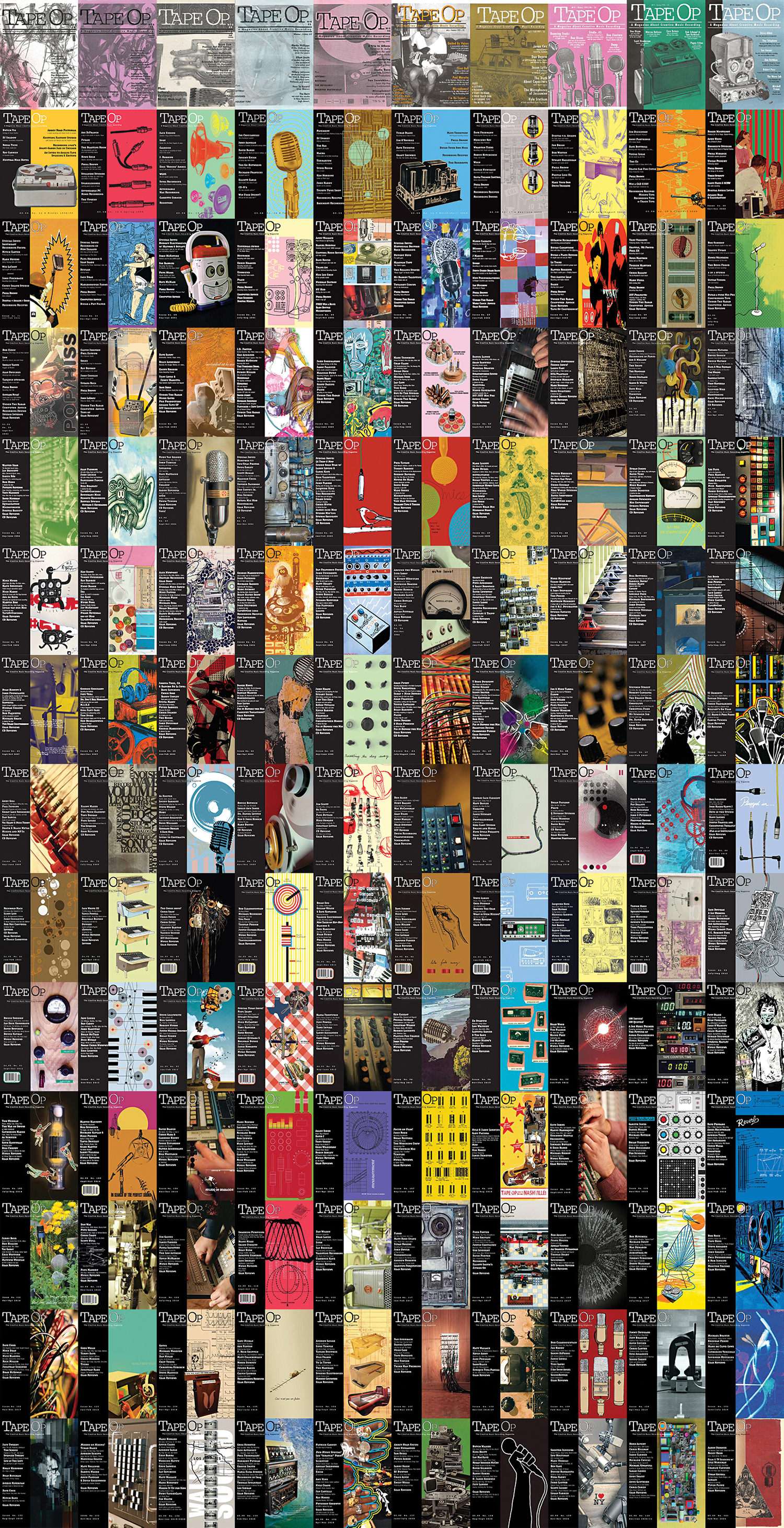The McDSP APB (Analog Processing Box) [Tape Op #134] is the gift that keeps on giving. In addition to the original stock plug-ins the APB-8 and APB-16 shipped with, Colin and the folks at McDSP have now added the MC-3 Multi-band Compressor and modernized the L-18 Limiter to add surround support as free updates for all APB owners. Even more goodies are coming in the next few months, with the recently-announced Royal Q equalizer and Royal Mu compressor APB plug-ins.
If you’re not yet familiar with the APB system, plug-ins are used to control up to eight or 16-channels (depending on the hardware model) of true analog processing. The MC-3 (as its name suggests) is an analog three-band compressor with an additional analog saturation circuit per band. Each band has independent Attack, Release, Threshold, Ratio, SAT (saturation), and Gain (for make-up) controls, There’s an LED ladder for gain reduction on each band and two VU meters that can each be switched to show input, output, or overall gain reduction of the three bands. Bands can be individually bypassed or soloed, and there’s an external sidechain that can be set to key any of the bands. The two crossovers between the three bands are variable with the one between bands 1 and 2 ranging from 30 to 1000 Hz, and the second ranging between 1 kHz to 10 kHz. There’s also an “M” switch on each band that determines which band is the “Master” to then allow other bands to follow with relative changes on any moved parameter. For instance; select “M” on Band 2 and then adjust Attack; Band 1 and Band 3 will now adjust their Attack controls along with Band 2, but relative to their starting position.
That’s about all there is to the interface, which makes the MC-3 a breeze to fly around on and to experiment with settings. I’ve been using this compressor in several scenarios and it never disappoints. Recently, while mastering an EP for the Nebraska band Light Speed Highway, the MC-3 took the place of an analog compressor and EQ, and a multi-band plug-in compressor. The producer remarked that the master sounded “expensive” and everything sat together really nicely. Cracking the saturation circuit just a little on each band (with a bit more on Band 3 to smooth the top end of the cymbals) really brought the master to life.
On a drum bus, the MC-3 is a powerhouse, both when adding it at the beginning of a mix and shaping the overall drum picture
before processing individual tracks, or when adding it after the general drum sound to let the MC-3 be the final polish. The bands are incredibly flexible, and by varying the attack and release times with the Ratio, it’s easy to achieve a tighter kick sound with a snare that smacks and cuts through better – or go the opposite way and make all the drums pump and breathe to bring out the inner dynamics and rhythms between the beats.
The external sidechain is great to use with the MC-3 on a bass track and the sidechain fed from a kick drum. By engaging the key on just Band 1, the low frequencies can be ducked on each kick drum hit while leaving the frequencies above that to still punch through, out of the range of the body of the kick.
The MC-3 is a beast! It’s a utility processor that also has powerful tonal and dynamic-shaping properties combined with the big analog sound and saturation of the APB architecture.




_disp_horizontal_bw.jpg)